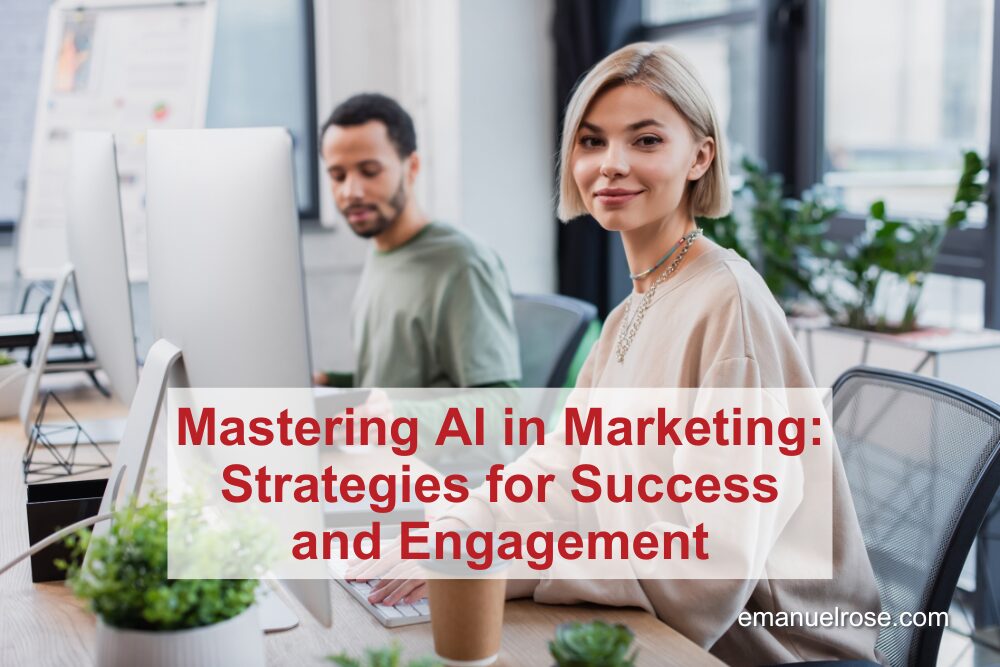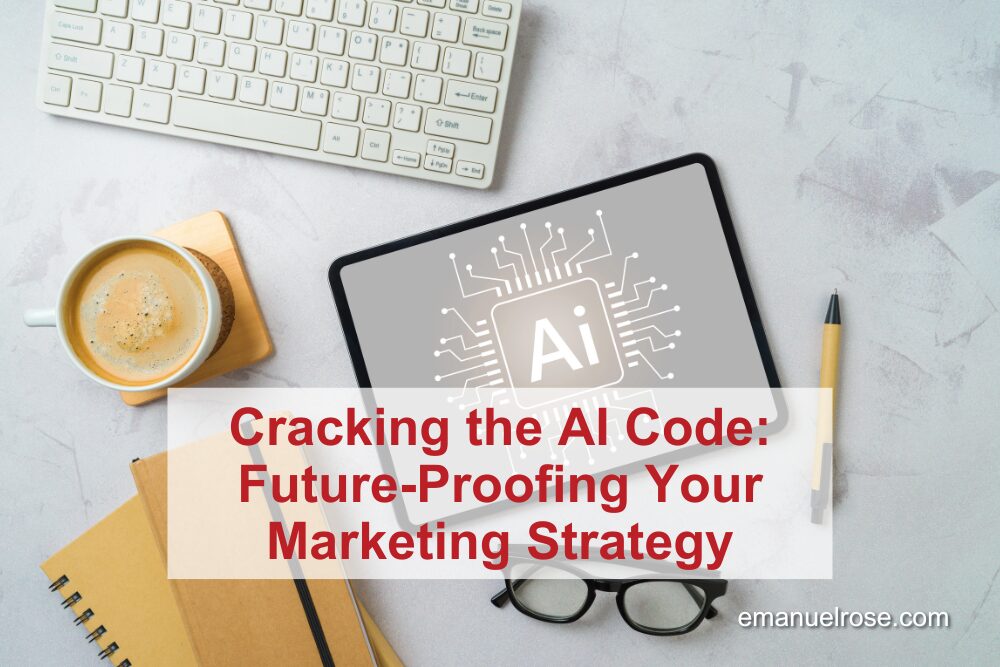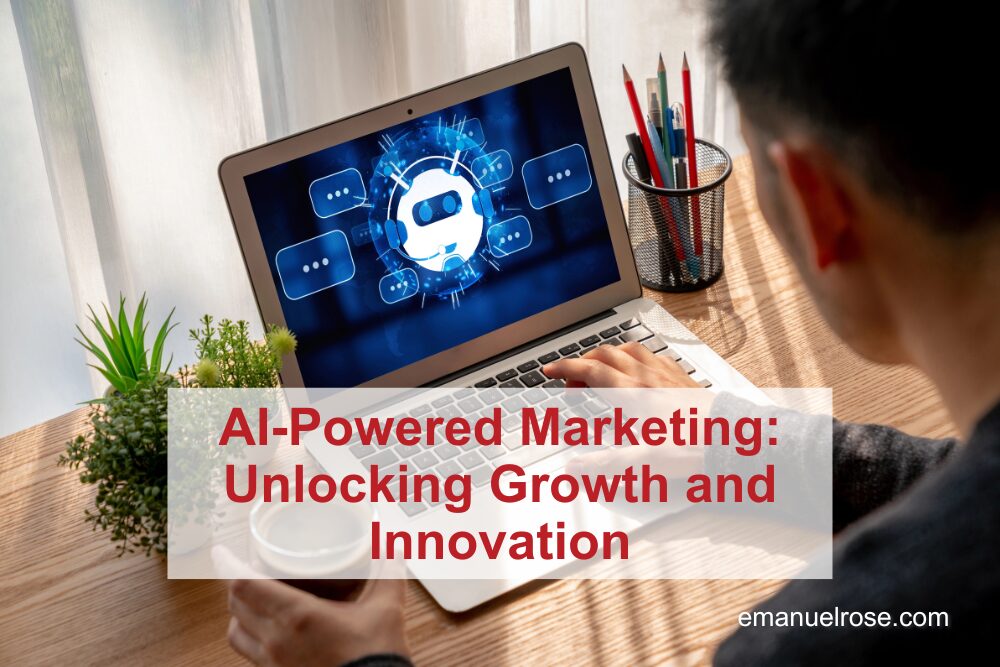The Rise of AI Agents: Transforming Marketing with Intelligence and Automation
https://youtu.be/csA0Hz0pocc In today’s dynamic marketing world, adaptability is more crucial than ever. As businesses navigate an increasingly complex era, integrating Artificial Intelligence (AI) into marketing strategies presents both challenges and immense opportunities. AI agents are quickly becoming essential, providing automation, data-driven insights, and the ability to transform customer engagement and operational efficiency. The Emergence of AI Agents The advent of AI has introduced the marketing world to innovative tools that transcend traditional boundaries. One exciting development is the rise of AI agents—tools that can be programmed to act independently and intelligently. These agents are not merely chatbots regurgitating canned responses; they represent a fusion of AI capabilities that allow them to process complex tasks autonomously, offering sophisticated solutions that reshape marketing strategies. Unlike conventional chatbots that rely on predefined scripts, AI agents leverage large language models (LLMs) to understand and react to various inputs. This shift marks an evolution in digital interaction, where agents can process requests, access databases, and provide timely, tailor-made responses without human intervention. Practical Applications in Marketing AI agents are invaluable in optimizing marketing strategies through their ability to automate and enhance decision-making processes. By integrating AI agents, businesses can harness data for strategic growth by enhancing revenue, achieving cost efficiency, and protecting brand integrity. Revenue Enhancement: AI-driven analytics identify new market opportunities and optimize pricing strategies, ensuring a competitive edge. Cost Efficiency: Tasks that were once manual and time-consuming are now automated, reducing operational costs and freeing up valuable human resources. Brand Protection: AI ensures brand compliance by monitoring digital presence and adherence to corporate guidelines, thereby safeguarding brand reputation in real-time. Simplifying Complex Decisions The modern marketing environment is complicated, requiring innovative solutions to derive actionable insights. AI agents facilitate this by synthesizing data and presenting it in an accessible format. For example, marketing professionals can deploy these agents to analyze campaign performance, transforming vast amounts of raw data into clear and actionable insights. Businesses can merge various datasets through improved API integration, creating comprehensive dashboards and visualizations. This capability enhances transparency and empowers decision-makers with critical insights, facilitating agile responses to market demands. Overcoming Challenges in AI Adoption Despite their advantages, adopting AI tools across different demographics and organizational levels can be uneven. Hesitation may stem from comfort with existing workflows or privacy concerns. Nevertheless, the benefits of embracing AI are clear. Businesses that swiftly adopt and innovate with AI technologies will likely secure a distinct advantage over slower competitors. Leadership within organizations must arise from those willing to disrupt established norms, experiment with new technologies, and accept inherent risks. This mindset positions businesses to survive and thrive amidst constant digital transformation. Continuous Learning and Adaptation The future of AI in marketing goes beyond survival—it’s about staying competitive and driving innovation. Many companies are balancing existing systems while exploring new AI advancements, fostering continuous learning and adaptability to remain at the forefront of technology. The road ahead is promising. As AI capabilities become seamlessly integrated into daily operations, marketers and business leaders must prepare for potential AI-driven shifts in digital strategies that could redefine customer interaction and elevate industry benchmarks. Embracing AI: The Key to Future-Proof Marketing and Business Growth With AI and AI agents, businesses can redefine the benchmark for customer engagement, operational efficiency, and strategic growth. By effectively leveraging these tools and continuing to learn and adapt, businesses can align themselves with the dynamic demands of the modern digital era. Embracing AI is not just advantageous—it is essential for success today.. For those keen to stay ahead, resources such as newsletters and low-code solutions offer valuable insights and tools to integrate AI into business strategies effectively. As the digital future unfolds, staying informed and adaptable will be key to thriving in the age of AI. We appreciate Michael Cunningham’s insights. As AI agents transform marketing, agility is essential for staying ahead and achieving success. Watch the Marketing in the Age of AI Podcast Featuring Michael Cunningham: youtu.be/csA0Hz0pocc
The Rise of AI Agents: Transforming Marketing with Intelligence and Automation Read More »










